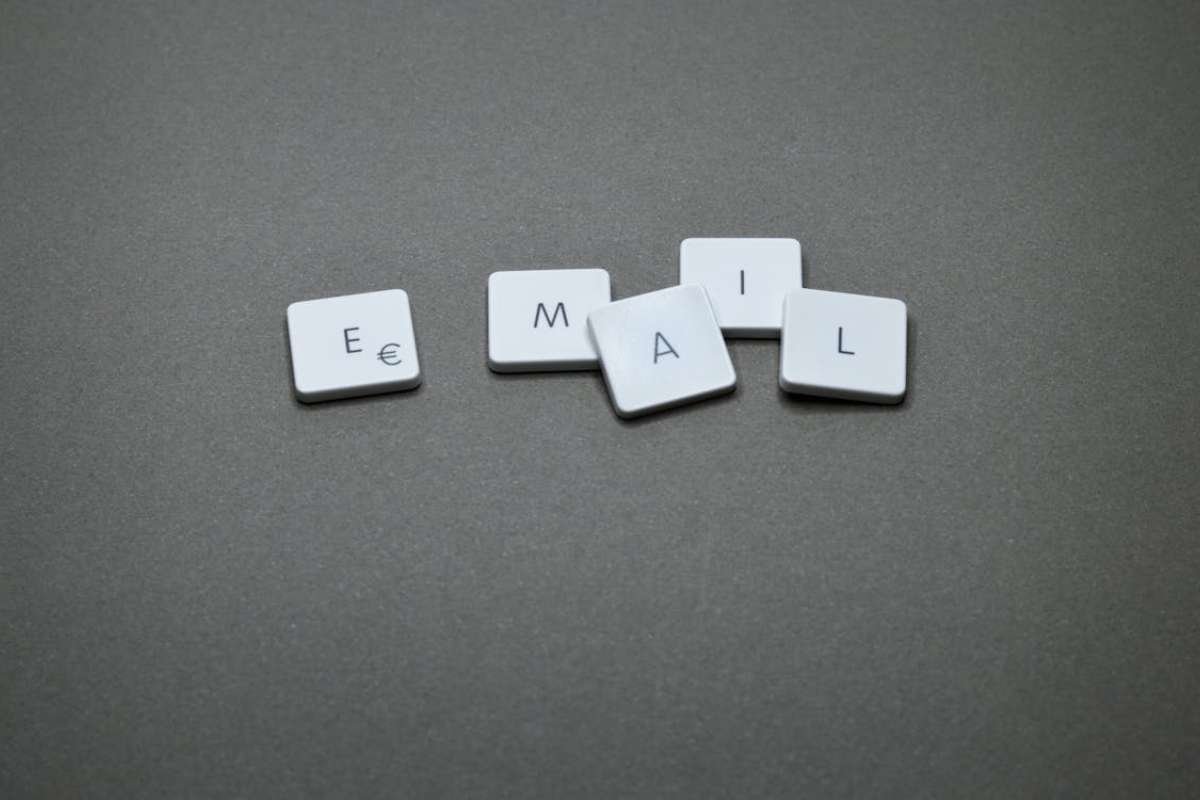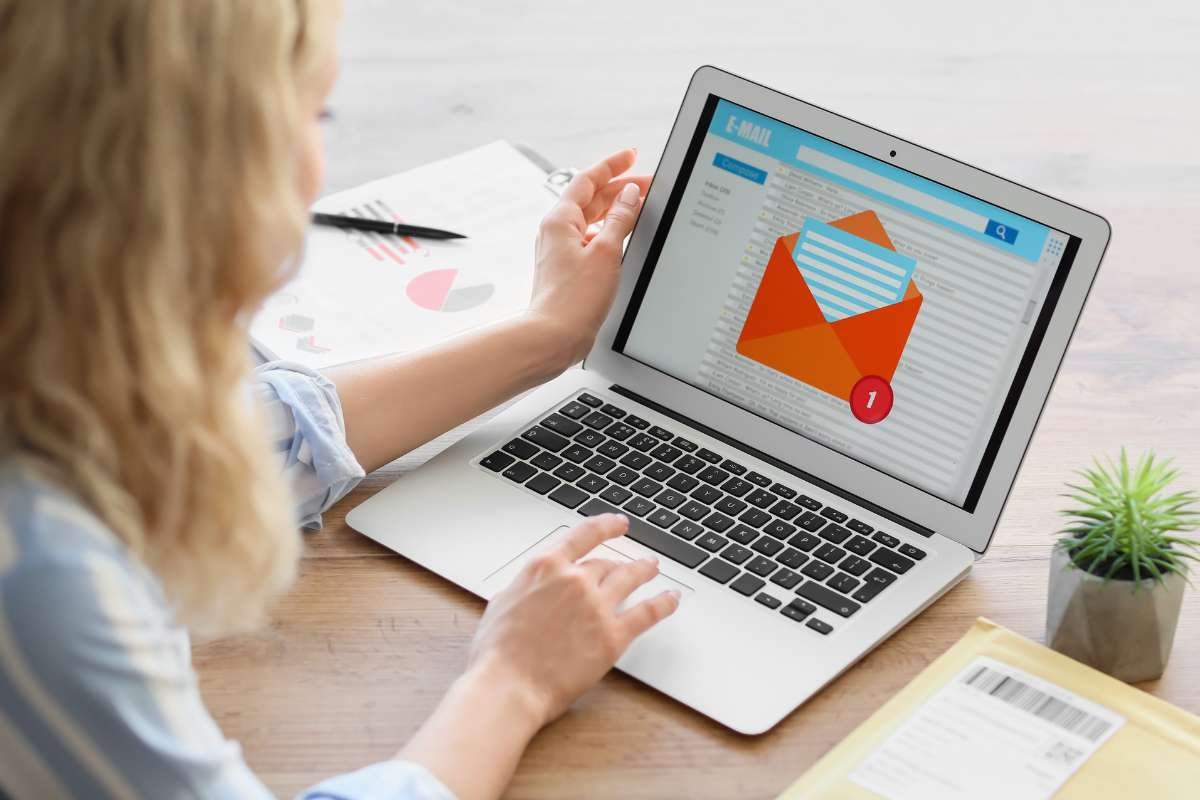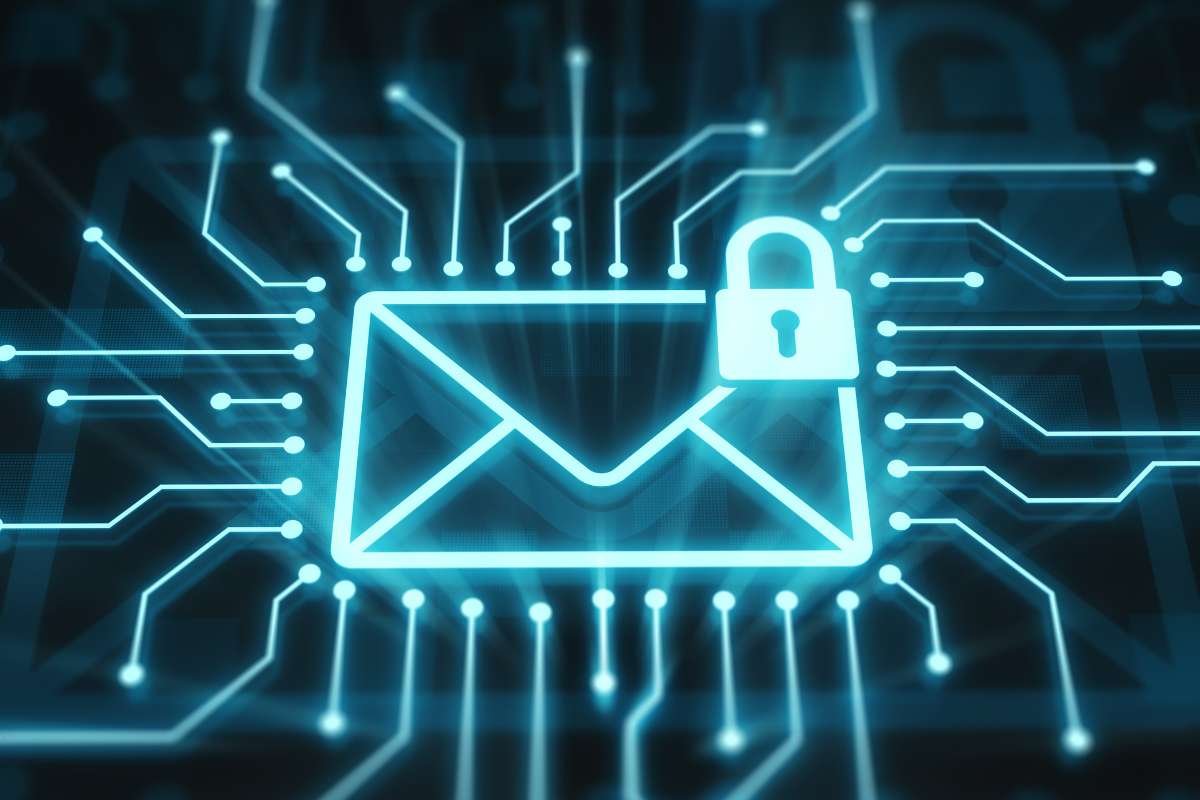Email Security Best Practices For Modern Businesses
Email Security Best Practices For Modern Businesses
Blog Article
Email Security Best Practices For Modern Businesses

- Source: pexels.com
The reality is that while it might not be the most thrilling aspect of your operations, email security for modern business is critically important and demands your attention. With so many businesses relying on email every single day, it’s easy to take it for granted… until something goes wrong, of course. A dodgy link, a fake invoice, a spoofed email that looks just like yours, and more, can all cause way more hassle than anyone wants to deal with.
That’s why it’s worth taking a few steps now to keep things safe so you’re not panicking later on. With that in mind, keep reading to find out more.
Here Are Some Ways to Ensure Email Security for Modern Business
1. Why Email Still Needs To Be Checked?

A quick scan of your spam folder is enough to show just how many potentially harmful emails try to sneak through, and the reality is that not all of them are obvious fakes – some are pretty convincing, and that’s what makes them dangerous.
2. The Tech Side Of Protection

And something to keep in mind is that Microsoft requires DMARC compliance for domains using its services. That means that if you haven’t set things up properly, your emails could end up getting flagged or blocked altogether. And that’s not just about avoiding the spam filter – it’s going to help to protect your reputation and show you’re professional, and ensure your messages actually get where they need to go.
3. People Matter Too

That’s why, for robust email security for modern business, it’s crucial to ensure your team is well-informed about potential threats. like unexpected attachments or strange requests, for example, and that training and information is just as important as setting up your systems properly in the first place. Put it all together, and ensure you keep on top of any updates, and your emails should be safe, secure, and get where they should go without any issues.